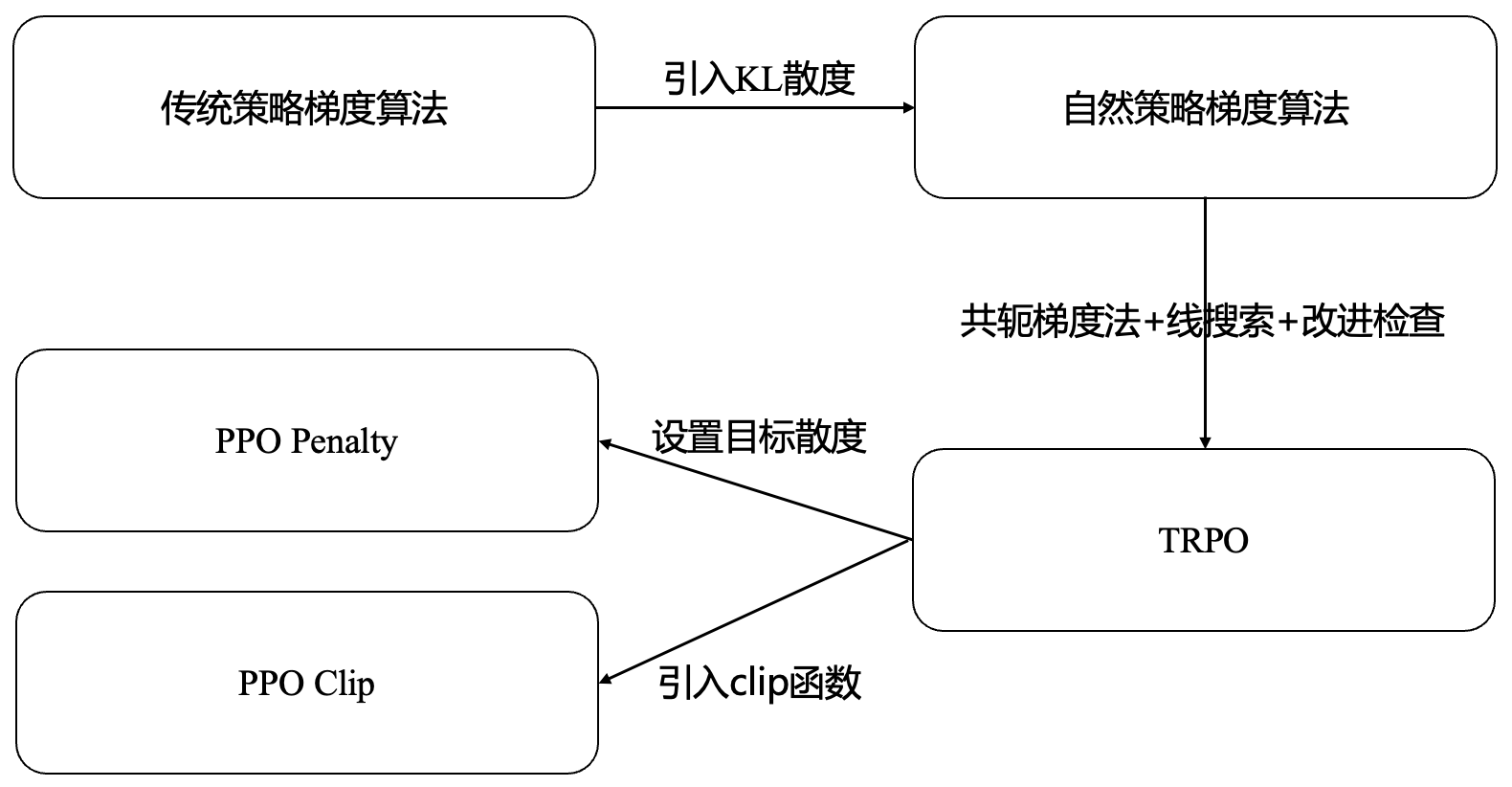Diabetes, a chronic health condition characterized by elevated blood sugar levels, can be diagnosed through a combination of physical examinations, medical history assessments, and laboratory tests. The diagnostic process for diabetes typically involves several steps, each designed to confirm the presence of the condition and determine its type and severity.
To begin with, healthcare providers often start by reviewing a patient’s medical history and performing a physical examination. This initial assessment can reveal symptoms such as increased thirst and urination, fatigue, blurred vision, and slow healing of cuts and wounds, which are commonly associated with diabetes. Additionally, the provider will inquire about the patient’s family history of diabetes, as the condition can have a genetic component.
Following the initial assessment, several laboratory tests can be used to diagnose diabetes. The primary tests include:
Fasting Plasma Glucose (FPG) Test: This test measures blood glucose levels after an overnight fast of at least 8 hours. A level of 126 mg/dL or higher indicates diabetes.
Oral Glucose Tolerance Test (OGTT): For this test, the patient fasts overnight and then consumes a sugary drink. Blood glucose levels are measured before and after consuming the drink. A level of 200 mg/dL or higher at the 2-hour mark confirms diabetes.
Hemoglobin A1c (HbA1c) Test: This blood test, also known as the A1C test, provides average blood glucose levels over the past 2-3 months. An HbA1c level of 6.5% or higher is indicative of diabetes.
Random Plasma Glucose Test: This test measures blood glucose at any time of the day, regardless of when the patient last ate. If the level is 200 mg/dL or higher, and the patient is experiencing symptoms like increased urination, thirst, and blurred vision, diabetes is likely.
Upon confirming the diagnosis of diabetes, it’s crucial to differentiate between the main types of diabetes: Type 1, Type 2, and gestational diabetes. Type 1 diabetes is an autoimmune condition where the body’s immune system attacks and destroys the insulin-producing beta cells in the pancreas, resulting in the body’s inability to produce insulin. Type 2 diabetes is characterized by insulin resistance, where the body’s cells don’t respond effectively to insulin, and over time, the pancreas may also fail to produce enough insulin. Gestational diabetes develops during pregnancy, typically in the second or third trimester, due to hormonal changes and insulin resistance.
Understanding the type of diabetes a patient has is vital for developing an appropriate treatment plan. Treatment for diabetes often involves a combination of lifestyle modifications, such as dietary changes, increased physical activity, and weight management, along with medications or insulin therapy to manage blood glucose levels.
Key Considerations in Diabetes Diagnosis
Early Detection: Early diagnosis and treatment of diabetes can significantly improve health outcomes by reducing the risk of complications such as heart disease, kidney failure, and nerve damage.
Monitoring and Management: Regular monitoring of blood glucose levels, along with adjustments to diet, exercise, and medication, can help manage diabetes effectively.
Lifestyle Interventions: Lifestyle modifications, including a balanced diet and regular physical activity, are foundational components of diabetes management and can help mitigate the condition’s impact.
Complications Prevention: Understanding the risk factors for complications and taking proactive steps, such as maintaining good blood sugar control, monitoring blood pressure and cholesterol levels, and avoiding smoking, can prevent or delay the onset of diabetes-related complications.
In conclusion, diagnosing diabetes involves a comprehensive approach that includes physical examinations, medical history reviews, and specific laboratory tests. Accurate diagnosis and appropriate management of diabetes are crucial for preventing complications and improving the quality of life for individuals with the condition.
FAQs
What are the common symptoms of diabetes?
+Common symptoms of diabetes include increased thirst and urination, fatigue, blurred vision, and slow healing of cuts and wounds. However, some people with diabetes may not experience any noticeable symptoms, especially in the early stages.
Can diabetes be prevented?
+While Type 1 diabetes cannot be prevented due to its autoimmune nature, Type 2 diabetes can often be prevented or delayed through lifestyle modifications such as maintaining a healthy weight, engaging in regular physical activity, and following a balanced diet. Gestational diabetes can also be managed through diet and exercise, reducing the risk of complications during pregnancy.
How often should blood glucose levels be checked?
+The frequency of checking blood glucose levels depends on the type of diabetes and the treatment plan. People with Type 1 diabetes and some with Type 2 diabetes may need to check their levels several times a day to adjust their insulin doses or medication. The healthcare provider will recommend the best schedule based on individual needs.



